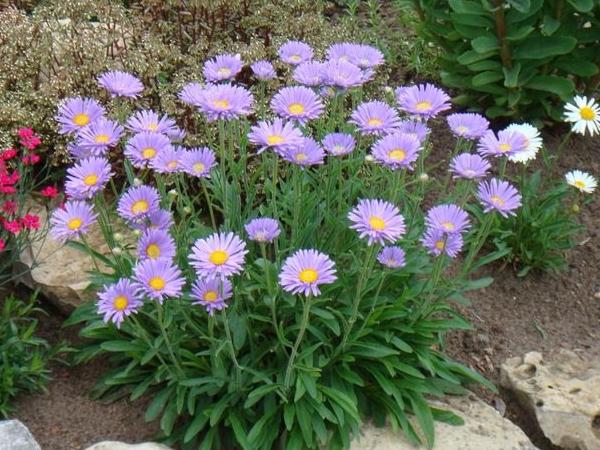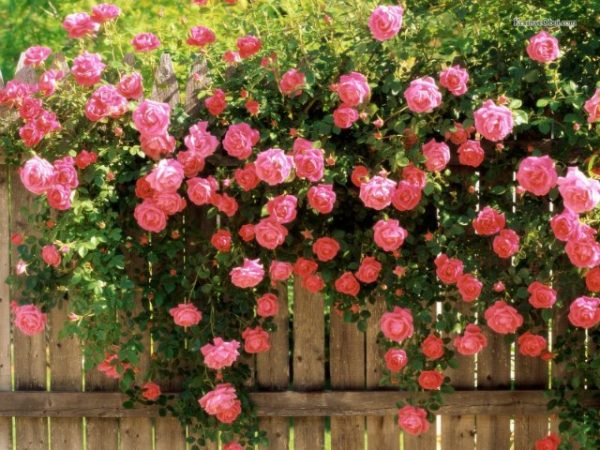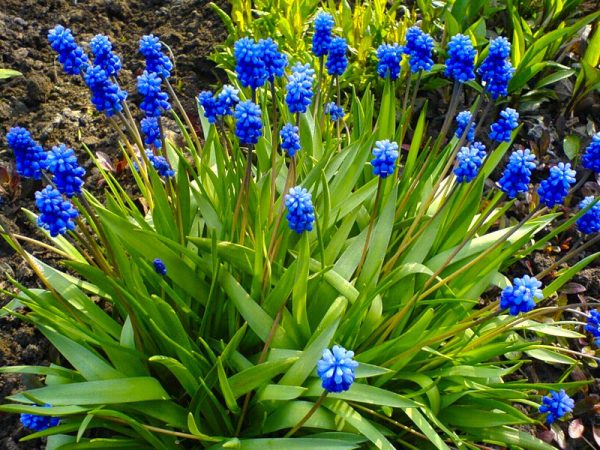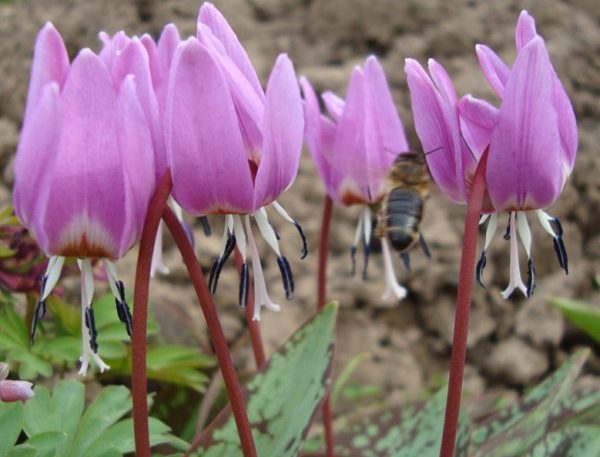Frost-resistant perennial flowers for the Urals
Content
Primroses
Frost-resistant perennials are not as rare as it might seem. There are a great many varieties that not only calmly tolerate the Ural temperature drops, but at the same time produce beautiful flowers. First on our list of resilience champions are those blooming in the garden in early spring.
Primula - blooms at an air temperature of 10-12 ℃, retains flowers for the longest time if the temperature does not rise above 16 ℃. Five-membered yellow, red, white buds form umbellate inflorescences. Primroses are low-growing plants, rarely reaching a height of 30 cm.
Snowdrop is an early small-bulbous plant, so named for its ability to break through the snow crust. The white-flowered snowdrop is one of the first to bloom, releasing white flowers with a yellow spot in the center. Low-growing snowdrops rarely grow taller than 15-17 cm.
Tulip - double early and simple early varieties are perfect for a spring garden. Plant height reaches 15-30 cm, flowers are large, brightly colored. Tulips can be planted with both seeds and bulbs. Narcissus is another representative of bulbous plants. A short, rarely growing above 15 cm, the daffodil has beautiful buds of an unusual shape - six petals and a protruding bent. Blooms from mid-April to early May.
Crocus is a low bulbous plant, with small purple or pale lilac buds. It blooms in early to mid-spring. Kandyk Siberian, or Erythronium, is a bulbous plant that grows up to 35 cm tall. The buds are solitary, drooping pink-purple with a bright yellow anther. Flowering begins in late April.
Aster Alpine - blooms at the junction of spring and summer, at the end of May. Small multiple buds are very similar to chamomile. Bushes grow up to 20-25 cm, expanding more in breadth. The colors of the buds are varied: from lilac to deep red. Erantis Siberian - this plant belongs to the Buttercup family. Small yellow buds adorn short and straight stems. Erantis blooms in May.
Summer bloom
Summer perennial flowers take an honorary watch on garden improvement at spring ones. The main conditions for such plants are timely watering, fertilization and weeding. These are basic conditions, since in harsh climates the summer is not very long and your plantings will need a lot of strength to bloom at full strength.
Pansies are a ground cover plant that blooms in late spring or early summer. It is famous for its small variegated flowers that cover the bushes. Daisies - blooming at the end of May, continue to bloom throughout the summer. Those varieties that grow in the garden have buds 3-8 cm in diameter with a delicate dull color.
Bearded iris - so named because of the many villi on the lower part of the flower, which are very similar to a beard. Large buds of irises come in a variety of colors, allowing you to place them with any floral arrangement.They grow up to 30-40 cm, so it is better to plant them in the second or third row of the flower bed.
Curly lily is a bulbous plant with an unusual flower shape, very similar to a Turkish headdress. It grows up to 30 cm, decorated with clawed leaves and pink or white buds. Pennsylvanian lily - unlike curly lily, grows up to 120 cm tall. Blooms in June-July with cup-shaped buds of bright red or orange color.
Panicle hydrangea - Despite the fact that hydrangeas for the most part cannot boast of endurance, the paniculate subspecies grows wonderfully in any conditions. It grows as a shrub or small tree, blooms in pyramidal panicles up to 25 cm long. The flowers are white or pale pink with four petals.
Climbing rose is a climbing shrub with long shoots up to 5 m long. They are distinguished by bright green stems and leaves, which are covered with small double buds. The climbing rose blooms in the first half of summer, but at the same time retains the rich green color of the bush for the rest of the season.
Video "Perennial frost-resistant flowers"
Video recommendations for novice gardeners on growing frost-resistant plants in the garden.
Flowers for autumn
Perennials blooming in autumn will be the final accord of your garden's floral symphony.Chrysanthemum is a real decoration for an autumn flower bed. Lush chrysanthemum bushes up to 110 cm tall. But the main feature of the plant is the abundance of inflorescences of various colors. It often happens that one bush produces up to 100 double buds, each of which reaches 10 cm in diameter.
Rudbeckia is another representative of the spring galaxy with lush bushes up to 250 cm tall, with large inflorescences up to 10 cm in diameter. The richness of rudbeckia colors makes it the pearl of any flower bed. Phlox is a tall plant with an abundance of small bright flowers. Different varieties of phlox bloom at different times of the year, but Phlox maculata and Phlox paniculata are perfect for an autumn flower bed.
Doronicum is a short plant with long stems. With the arrival of autumn, it blooms in single baskets with yellow flowers. The Korean chrysanthemum is a frost-resistant variety that blooms from early September. In shape, it is a sprawling bush covered with many inflorescences of orange, lilac, red or white.
Perennial aster is a tall plant, reaching 180-200 cm in the last stage of growth. It tends to grow as a bush, with large inflorescences consisting of many small buds. Asters have colors for every taste, so it's just a matter of choosing the right shades and planting.
Marigolds - variegated dark orange buds with burgundy inserts on a low stem or bush. They are able to decorate any low flower bed. Being extremely unpretentious to the conditions on the site, they can easily cover already faded perennial plants.
Shelter flowers for the winter
Perennials are mostly frost-resistant and do not require special preparation for winter. Some simply need to be cut to the root and then covered with warming compost bedding. Some should be covered with foil. Other perennials require more care.
Roses, chrysanthemums, hydrangeas and some other tall species are cut off the stem to 20-30 cm, cleaned of leaves and damaged segments. Climbing plants are removed from the supports and laid on the ground, having previously cleared of dried leaves and shoots. Plants should be covered with peat or sawdust to cover them with spunbond or spruce branches.
If you are preparing bulbous plants for wintering, then cover the well-rooted bulbs with spruce branches, and mulch the rest from above. Make sure that your bulbous plantings are not flooded in the spring. Thus, you can easily prepare perennials for a quiet winter in the garden.
Video "Long-term frost-resistant phlox"
Video review of the cultivation of one of the most famous frost-resistant perennial plants - phlox.






